Hoping for the best and preparing for the worst is probably the best approach to dealing with real world threats. You should do everything you can to avoid an emergency, but it’s a sound idea to be prepared for it if it proves to be unavoidable.
Every Day Carry, or EDC, refers to the items you carry on or near you to prepare and protect yourself from harm and use to mitigate the aftermath of an incident. To protect yourself and your family, it’s advisable to carry some EDC gear on your person, as well as a bag in your vehicle containing larger items.
How Did I Get Here?
If you are in a position that requires the use of force, you need to ask yourself, “How did I get here?”. Situational awareness is crucial because you want to avoid trouble whenever possible. You need to be aware of your surroundings, scanning for threats and planning your response. You can’t walk around looking at the ground searching for loose change.

For some great advice on indicators that you’re about to be attacked, check out this excellent piece by Steve Tarani on Attack Indicators.
Street Threats
While returning home from a day trip to Gainesville, my wife and I were caught in traffic in a small town in North Florida. We frequently take back roads to familiarize ourselves with alternate routes and enjoy the countryside.

Traffic came to a stop in both directions, and both of us had our heads on a swivel. We knew something wasn’t right, as this area had never had a traffic jam like this. Vehicles were blocking traffic in both directions, and we continuously looked for an opening to escape the area.
We scanned the area and saw a white pickup truck about 50 yards ahead of us, stopped in traffic with all its doors open. The occupants exited the vehicle and began dancing in the street.
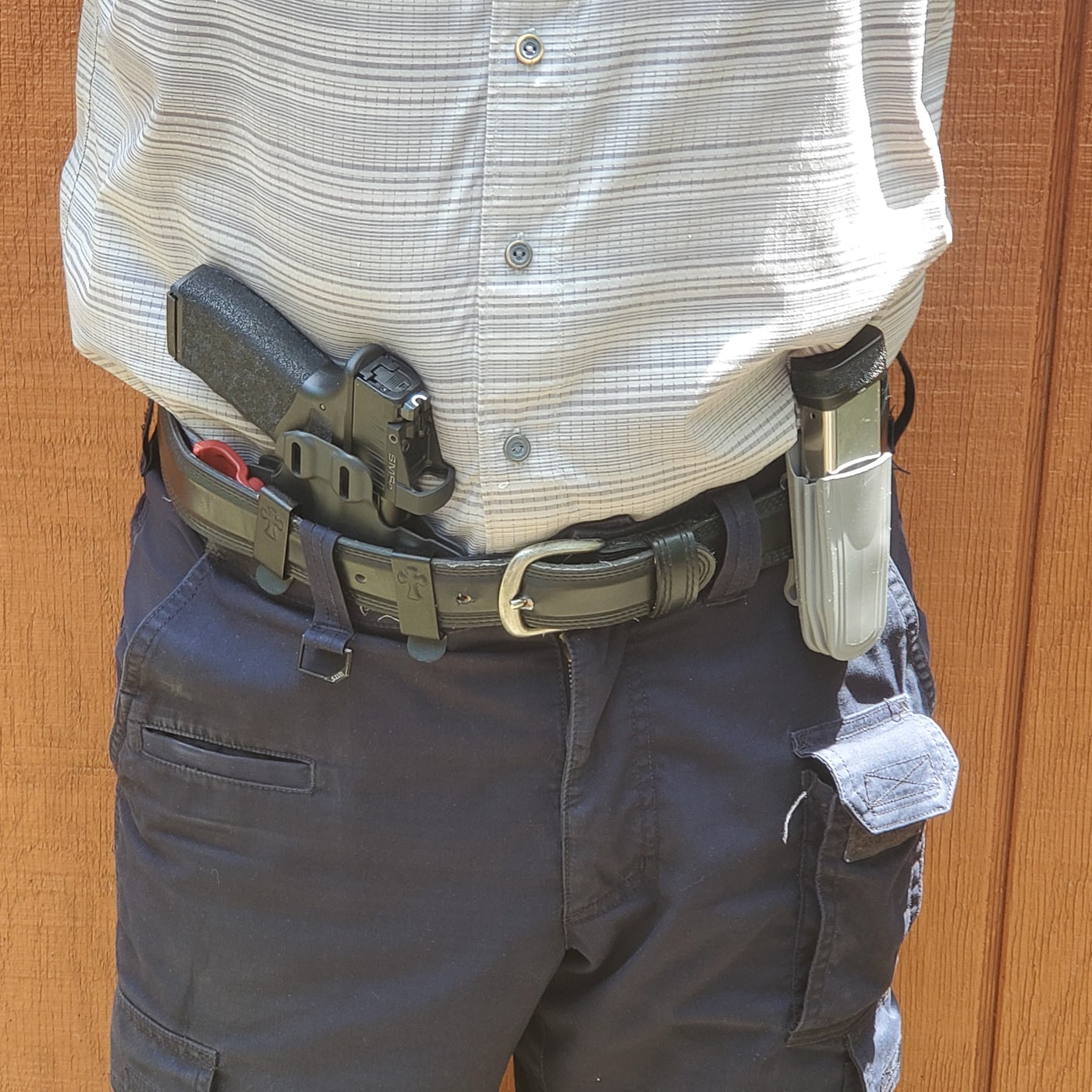
As you may have seen on the news, events like these can escalate quickly into fights or worse. Our vehicle is a large pickup truck that weighs over 5,200 lbs. dry. With two occupants, a topper, a bull bar, and tools and equipment in the back, it exceeds three tons.
I had already decided that if gunfire erupted, I would use our vehicle to get out of danger. Just then, a vehicle that was traveling the wrong way and blocking the lane on the side street to our right reversed to get out. We turned down the lane to a parallel street away from the potential trouble and took a different route to get home.
It was later reported that this crowd of people was part of a “pop-up party.” A post was sent out on social media, instructing partygoers to meet at a county park on the lakefront. This could have been something that turned out a lot worse.
Everyday Carry
Let’s say you find yourself in a situation you can’t escape? Then, it could come down to the gear you have on you to ensure your safety.
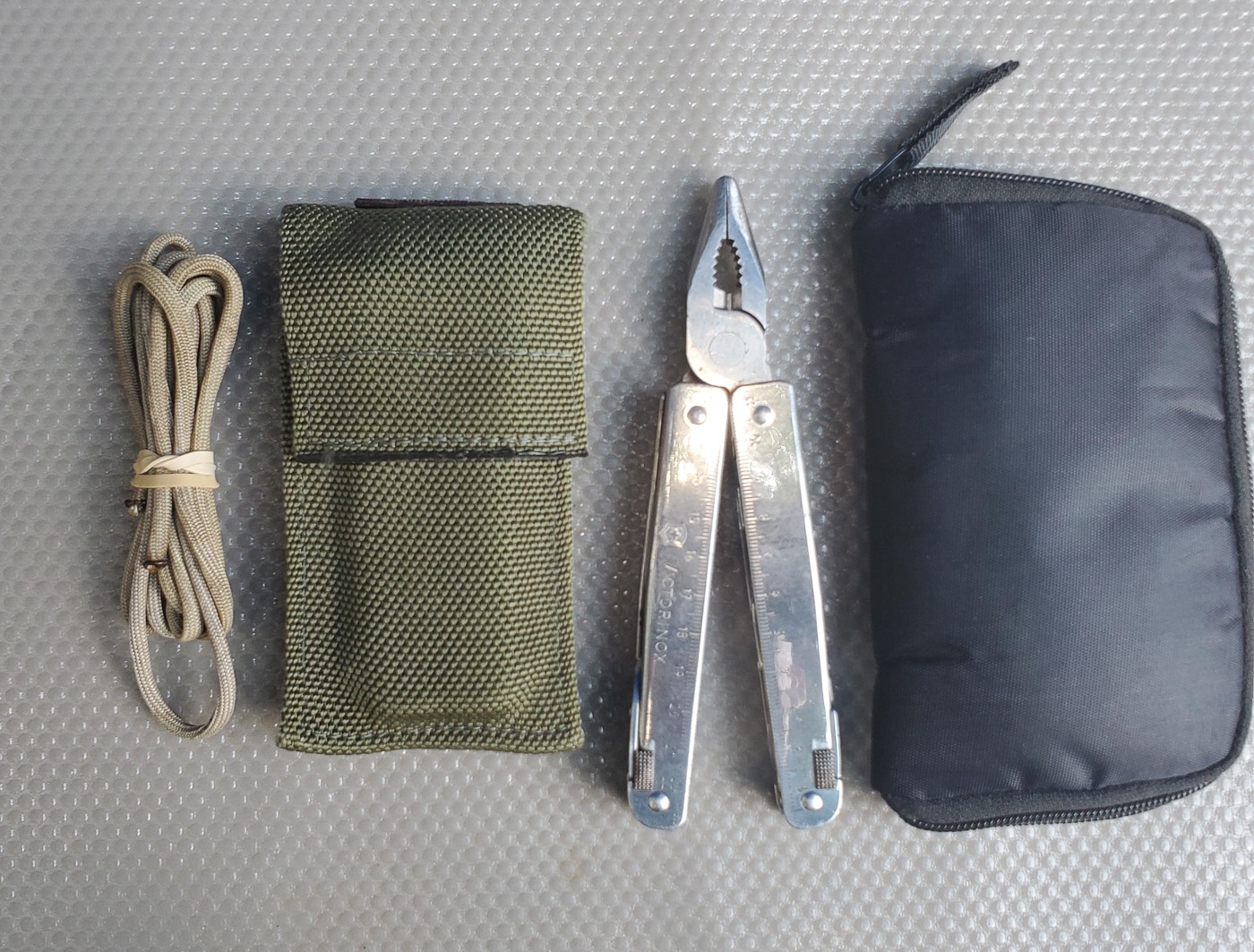
What should your EDC consist of, and how should you carry it? Well, it depends. Everyone’s situation is different depending on several factors, such as if you are in urban or rural areas. Also, climate is a factor. My Florida EDC will differ from your Montana EDC.
When building an EDC kit, it’s essential to identify your specific needs. You also want to start small and keep it simple. Don’t buy every gadget on the market. As you progress, you’ll learn more about EDC and see what’s needed and what’s not for your situation.
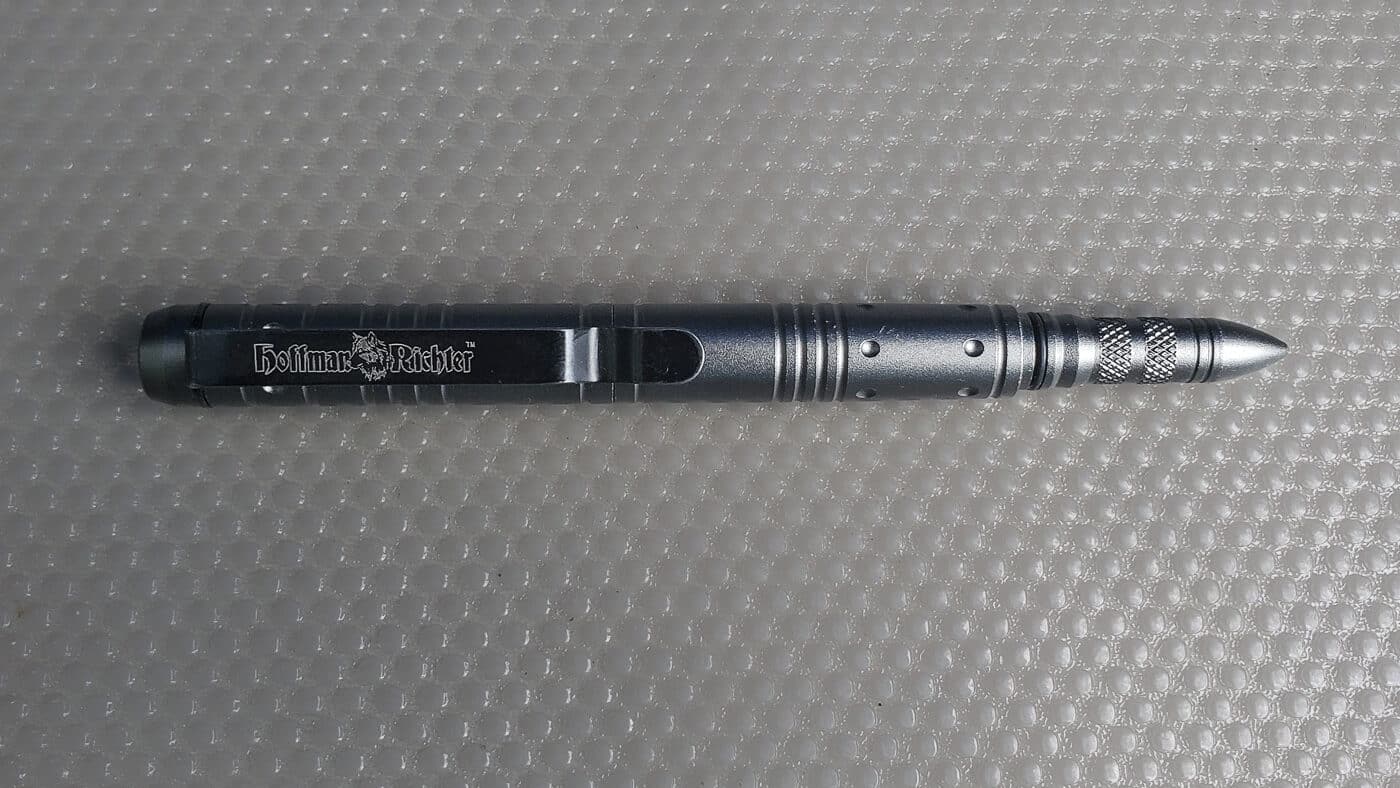
Another tip is to definitely buy quality products. Avoid the dollar store and tool warehouse for your gear. That cheap flashlight you picked up might not work when things go sideways, so save it for working around the house.
Some Core EDC essentials:
- A cutting tool. A good knife is helpful for a variety of tasks. You might want to check out Mike Boyle’s article on deciding between a fixed blade and folding knife for EDC.
- Illumination. Even though there may be daylight outside, you might find yourself in a situation that requires light.
- A means of communication. Most people carry a cell phone, which is also a flashlight, a GPS navigation aid and a camera. Another backup is a Baofeng-type transceiver for spotty cell coverage. Be sure to know the laws regarding the use of amateur radio bands.
- A pen and paper/notebook are great for notes, and a quality Tactical Pen can also be used as a weapon if needed.
- Pepper spray. If you’ve ever been on the receiving end of some capsicum, you know it can give you time to get out of the area.
- A first aid kit is a must, and make sure it includes a tourniquet. There is a reason why law enforcement officers are often trained in the use of these: it can save lives.
- A firearm can be a lifesaver, and the Springfield Hellcat or Hellcat Pro with a quality Cross Breed holster is an excellent choice. In addition to a concealed firearm on your person, a lot of folks are carrying a truck gun like the Springfield Kuna in their vehicle.
Carry Options
EDC can be carried on your person, with many people opting for cargo-type pants or shorts to make it easier to store all the gear. Your EDC equipment can be placed in pockets at various locations depending on your strong/weak side. Pouches can also be used to keep things organized inside your pockets or mounted on your belt. Some folks prefer the good old fanny pack for carrying many items.
Regardless of your type of carry, train for effective threat response with your setup and know where everything is, because you won’t have time when the situation arises.
Build-a-Bag
In addition to the EDC on your person, you should have an EDC pack or get home bag in your vehicle for other items.
Consider the items you’re carrying and think about adding more based on them, as well as accessories. Your cell phone will run out of power, so consider getting a power bank to recharge it. You may want some bottled water and protein bars.
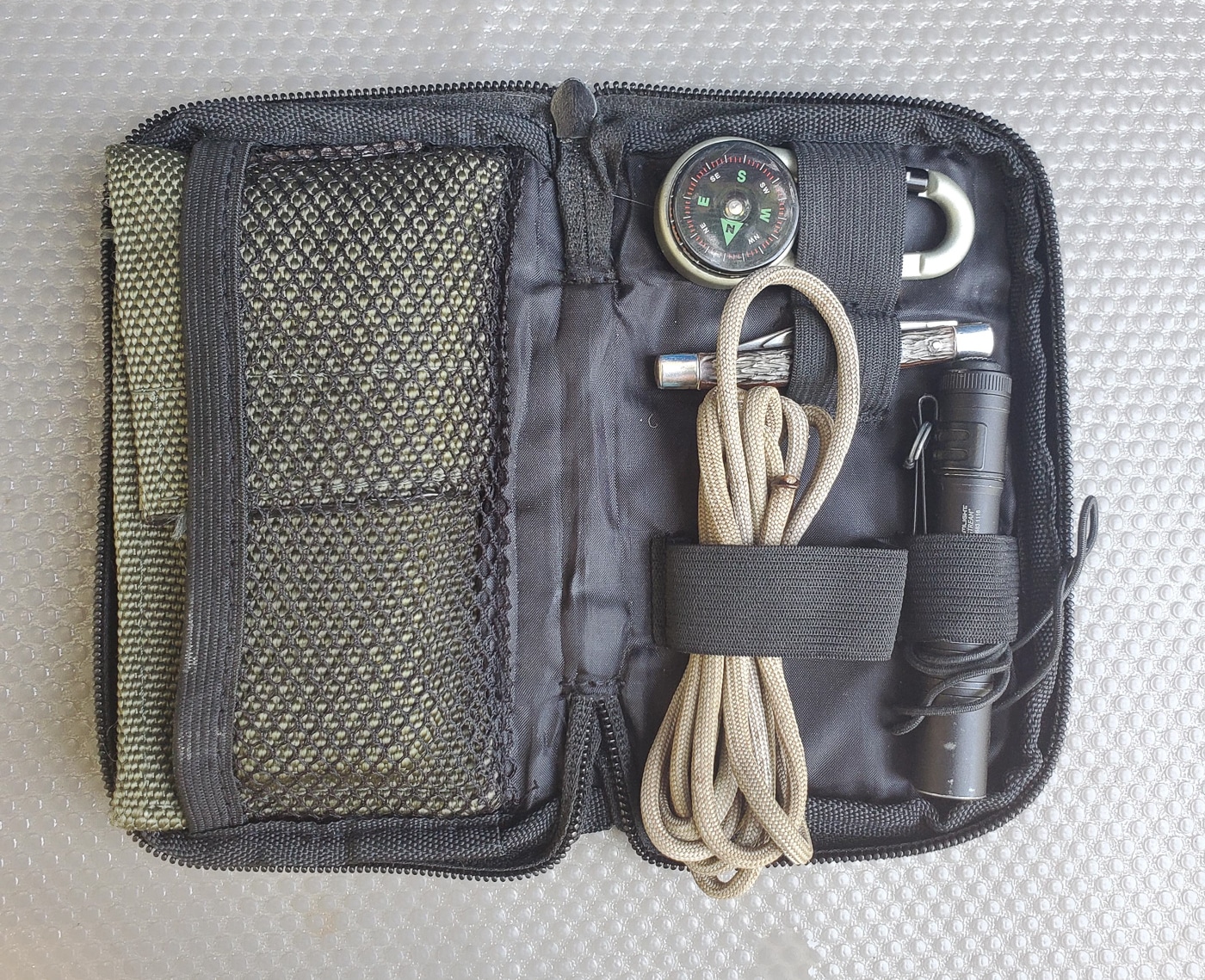
There is no limit to the type of extra items in your bag. Speaking of bags, place your EDC items in a sturdy backpack, but refrain from military type bags, and use a nondescript bag.
Additional Items include:
- Spare firearm magazines/cartridges
- Spare prescription eyeglasses
- Paracord
- Multi-tool
- Compass
- Duct Tape
- Firestarter
Evaluate, Update, and Replenish
Whether you carry a few items on your person, wear a fanny pack or have a large backpack in your vehicle, evaluation of your gear is critical. If it’s not working, then change it up. Update your gear when something better comes along.

Another important tip is to inventory and replenish your gear. Check your flashlight batteries and expiration dates on any food items.
Know the Law
Now that I’ve given you some tips, here’s the fine print. You must be familiar with the laws in your area. Unfortunately, many states are not 2A-friendly, and ultimately, you need to know the statutes regarding firearms, as well as the use of force standards for your area.
Get Started
Now that you’ve learned some basics, get out there and build your EDC kit to be prepared to protect yourself and your family if you are faced with an unavoidable threat. Start small and expand as fast as your budget permits. You’ll be thankful you did if you ever need it.
Editor’s Note: Be sure to check out The Armory Life Forum, where you can comment about our daily articles, as well as just talk guns and gear. Click the “Go To Forum Thread” link below to jump in!
Join the Discussion
Featured in this article
Read the full article here


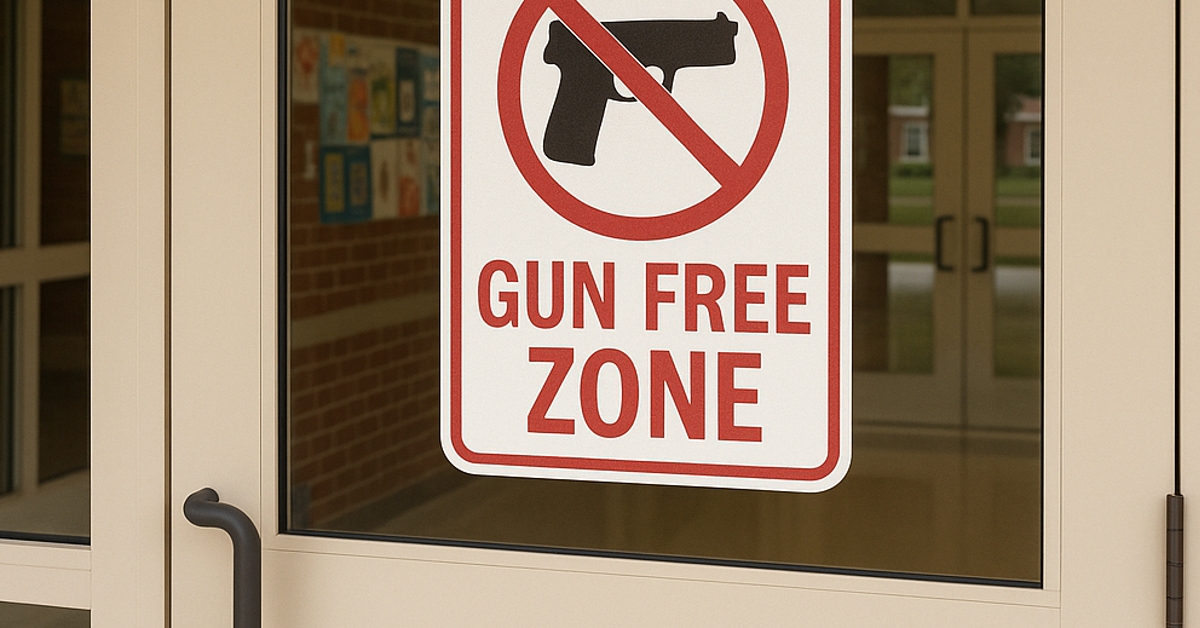


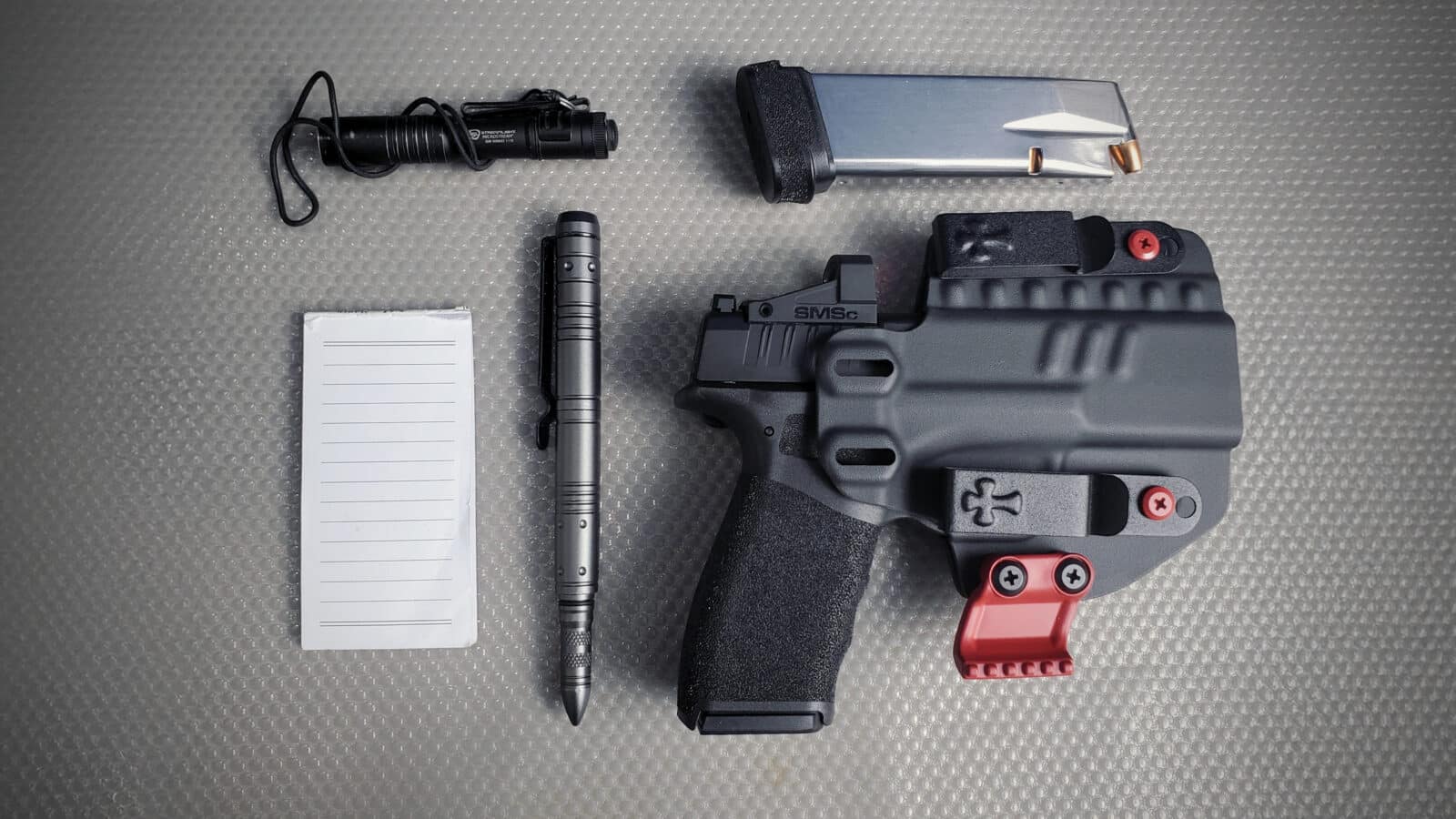

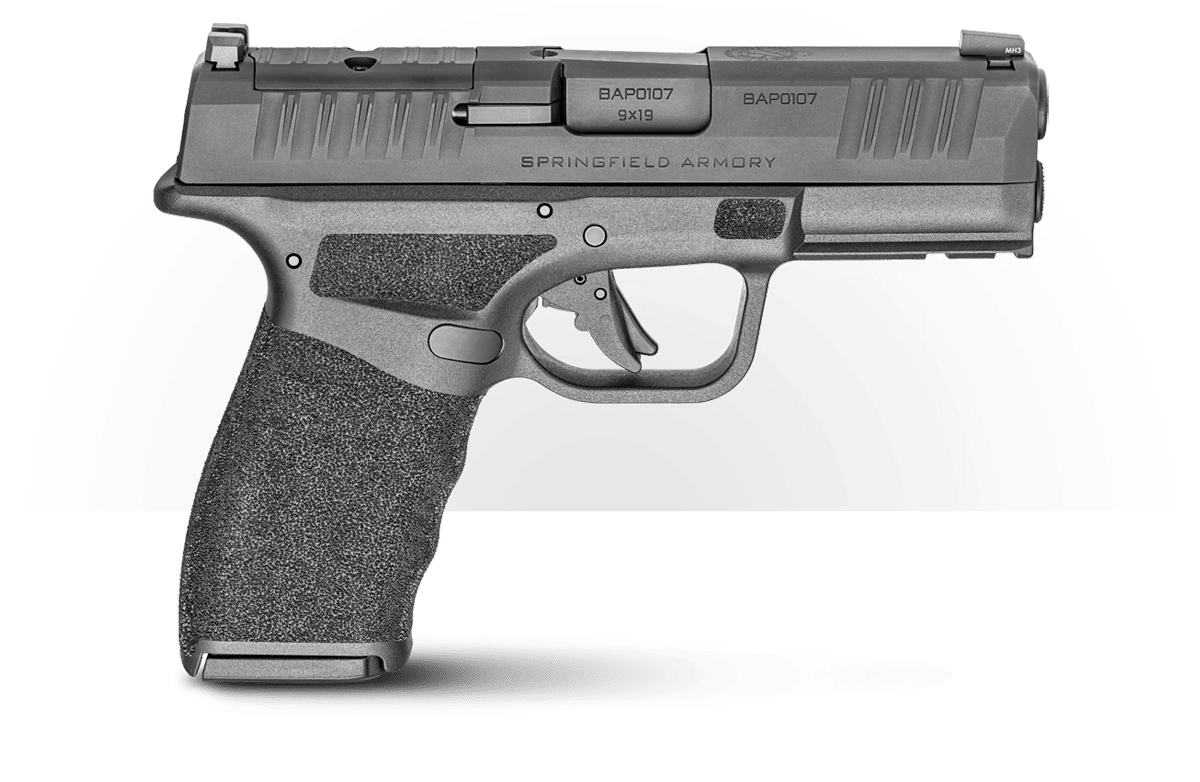
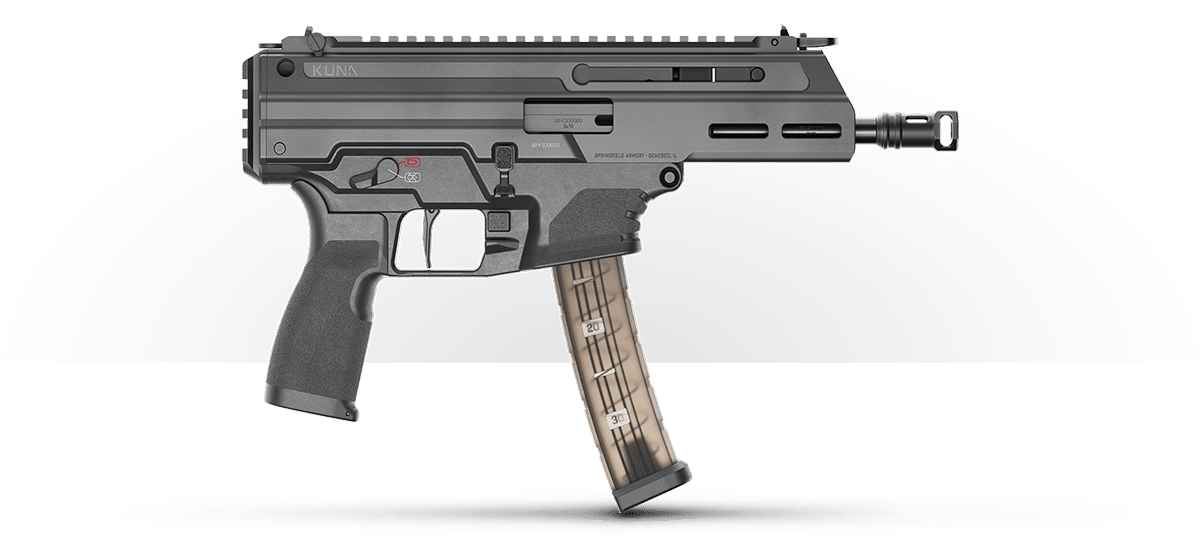

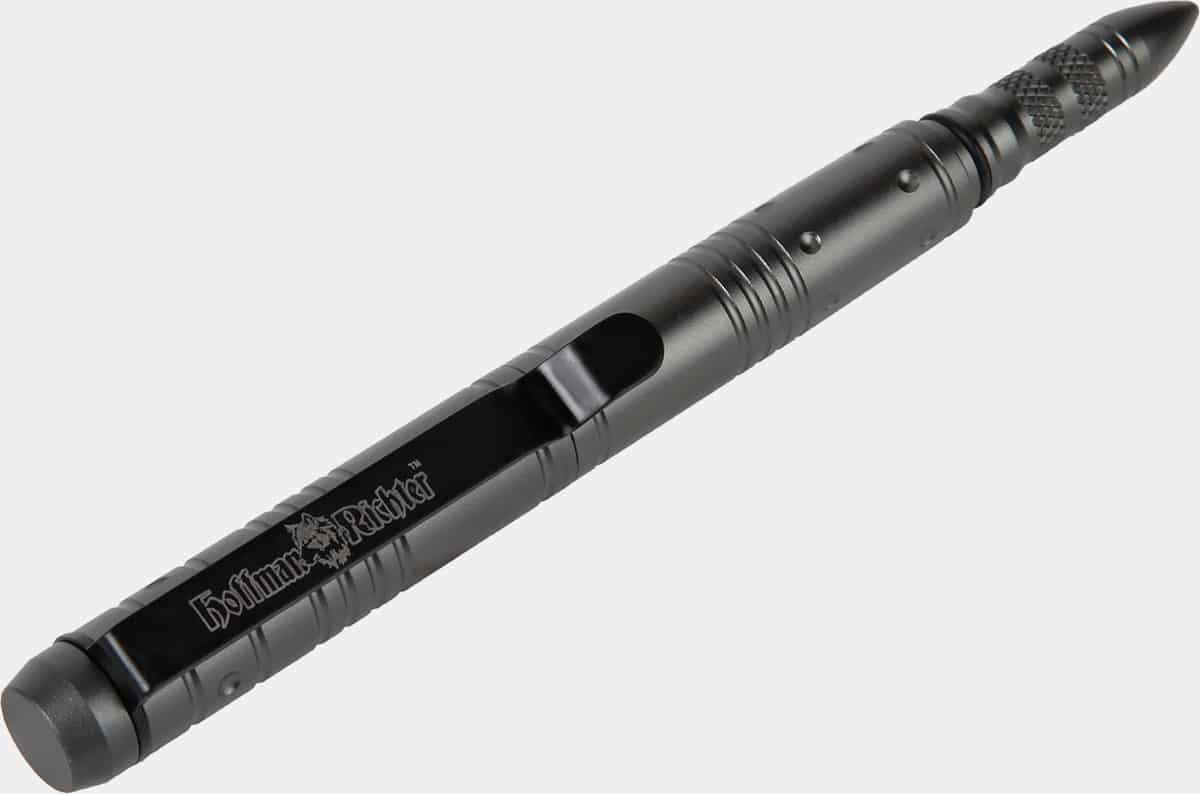
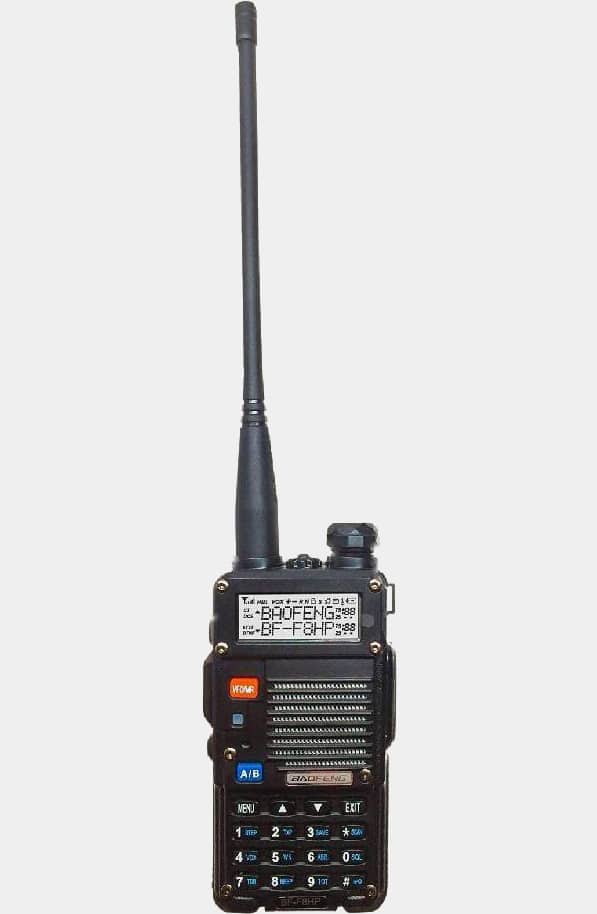
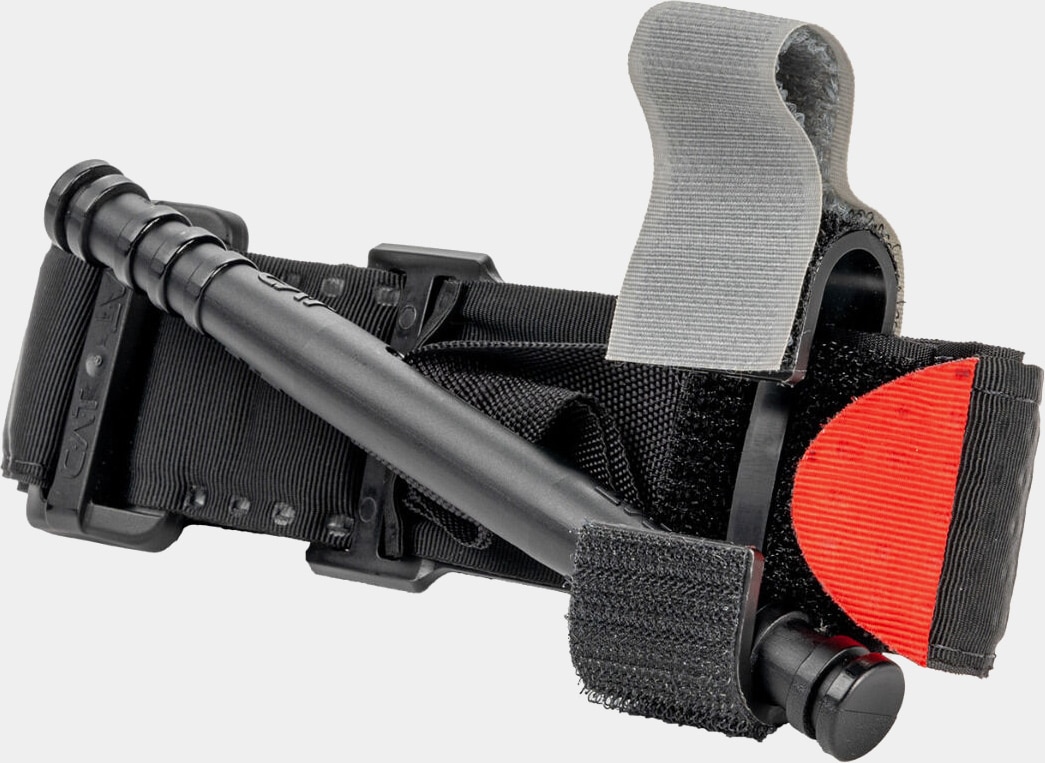
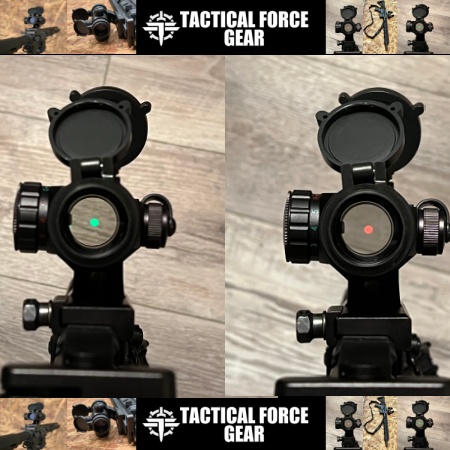
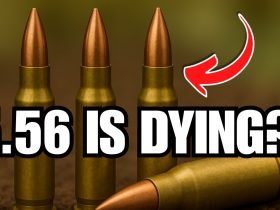
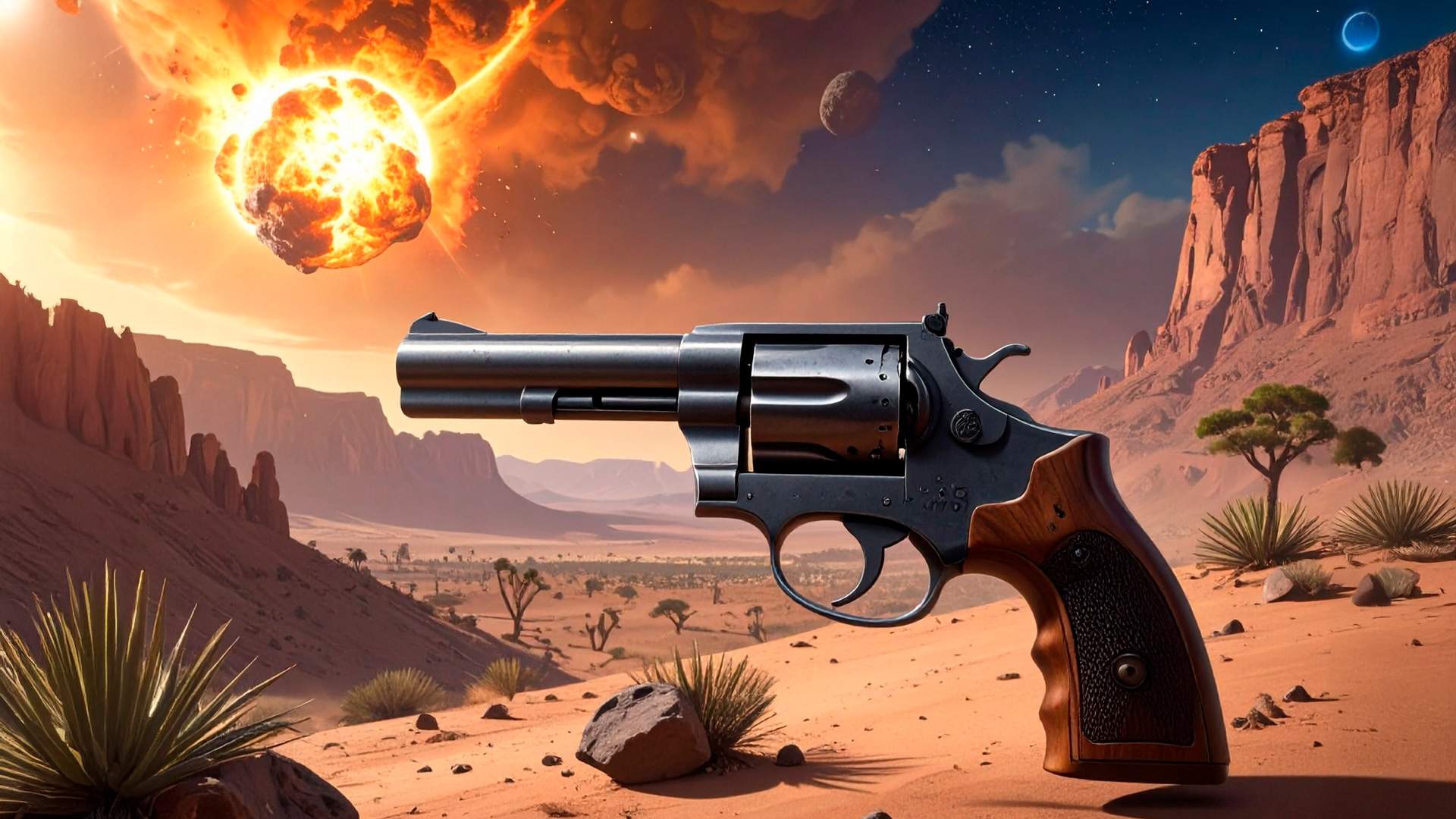








Leave a Reply